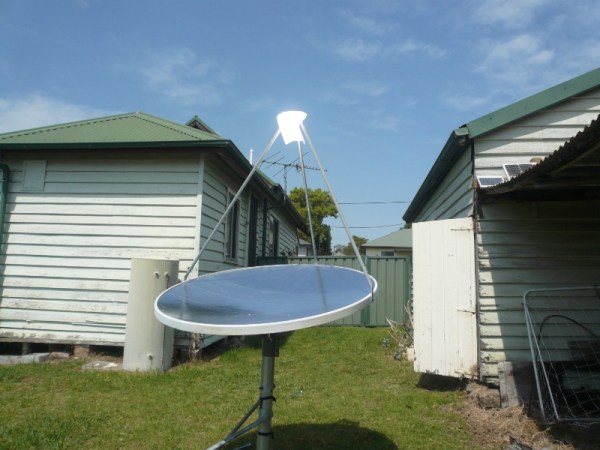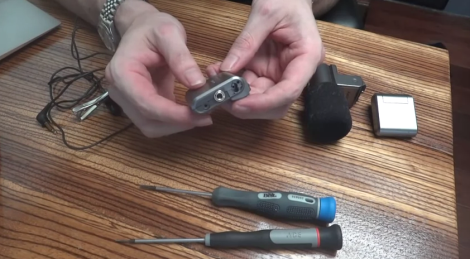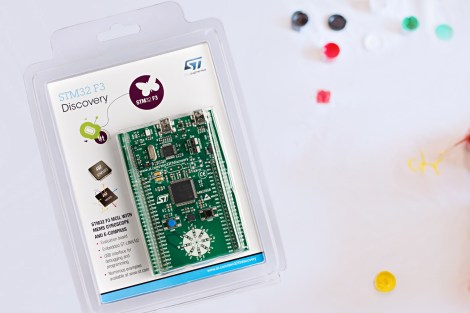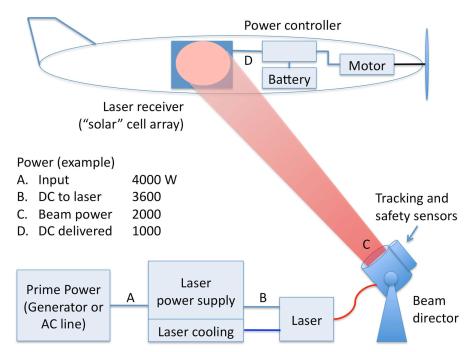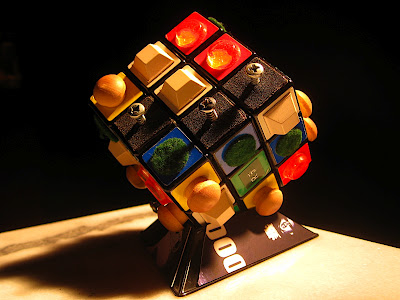
Check out this Rubik’s Cube for the blind. The idea didn’t start off as an accessibility hack, but instead as a way for [Brian Doom] to figure out where the face of each cube goes when manipulating the puzzle. It gave him tactile feedback and his ability to use it in dim lighting was when it dawned on him that this could be useful to others.
Now when we first thought of a puzzle for the blind the term ‘Braille’ immediately jumped to mind. But this doesn’t use it. That’s great, because not all visually impaired people can understand Braille. Instead, this uses dimension and texture to identify each of the puzzle faces. There are mushroom-shaped knobs, Phillips screws, adhesive rubber bumpers, raised text label maker labels, and a few other items that go along with each color. This doesn’t prevent those with sight from playing either. It’s something of one Rubik’s cube for all. Well, all except for the robots made to solve a stock cube.
[via Dvice]

